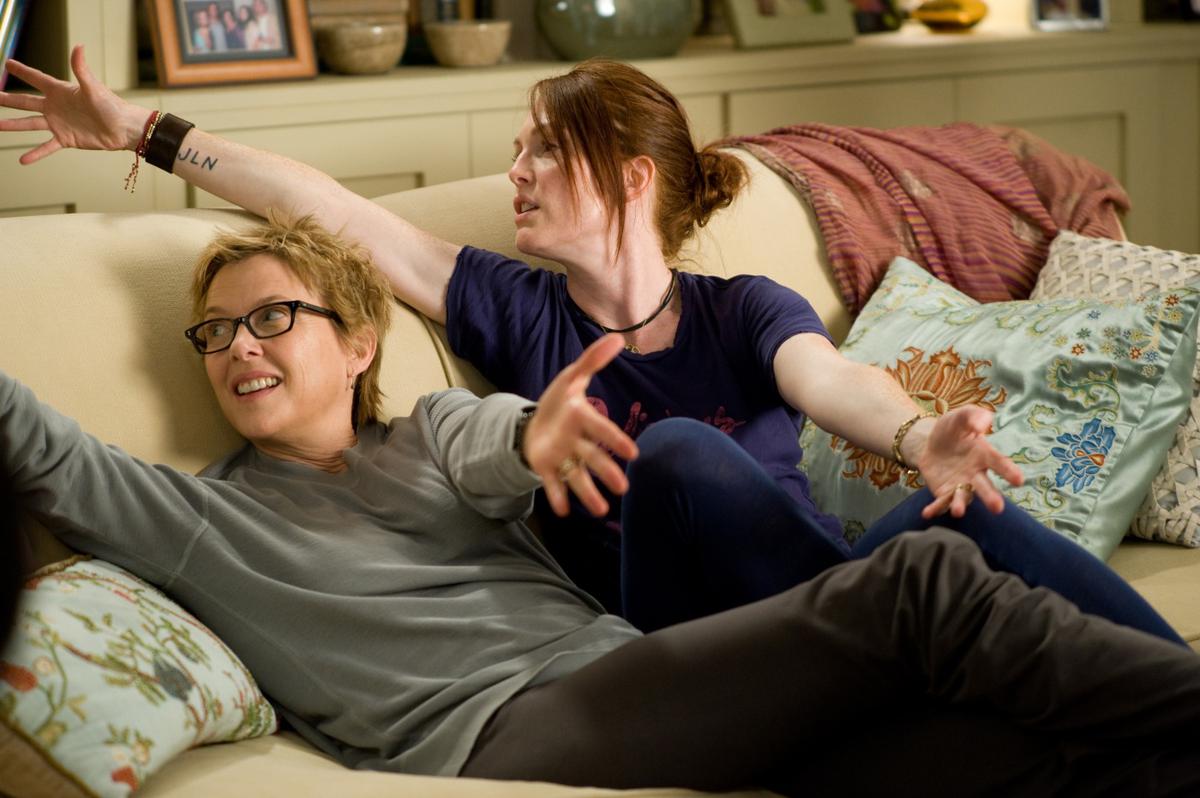Pride Month | Lesbians through the looking glass


A still from ‘Portrait of a Lady on Fire’
| Photo Credit: Prime Video
At the 2013 Cannes Film Festival, Adèle Exarchopoulos and Léa Seydoux scripted history by winning the Palme d’Or alongside the director Abdellatif Kechiche for the French romantic drama Blue Is The Warmest Color. The Steven Spielberg-led jury, in an unprecedented move, rewarded the young actors for their performances by bestowing them with the status of an auteur for the film.
However, things took a turn for the worse when the French production crew issued a union statement highlighting the “anarchic” work environment on set. The actors added that they had a discomfiting experience working on the film — including the shooting of the much-talked-about seven-minute-long sex scene. Looking back, Léa is of the belief that even an intimacy coordinator could not have sweetened the experience. The author of the graphic novel that inspired the film, Jul Maroh, criticised the film’s portrayal of queer characters and noted, “It appears to me that this was what was missing on the set: lesbians.”
One cannot help but be reminded of John Berger’s commentary on the male gaze in his acclaimed book Ways of Seeing, “Men act and women appear. Men look at women. Women watch themselves being looked at.”

A still from ‘Blue is the Warmest Colour’
Throughout the film, we are continuously reminded that we are looking at two teenage girls exploring their sexuality through Abdellatif’s camera. The lens is never inquisitive of the characters’ queerness but only intrusive and voyeuristic. When Adbellatif tries to conjure romance in a world without men, he adapts their relationship to suit the heteronormative behaviour in a relationship. Emma (Léa) and Adèle (Adèle) do not interact in the movie because they are attracted to each other, their intimacy is always forced to stimulate the audience through a lens manned by a man; expectedly, these scenes have made it to porn websites.
Lesbian representation has been negligible on screen and lesbian characters only come into existence at the intersection of misogyny and homophobia. Even then, they are infamous for getting killed off to further a plotline or serve as a cautionary tale, giving rise to a trope called the ‘Dead Lesbian Syndrome’.
Just as the frames of the film are breaking down barriers it is distasteful for filmmakers to portray their lives through a heteronormative lens. Even female directors like Lisa Cholodenko are guilty of weaponising harmful tropes to advance lesbian representation, as seen in her 2010 hit The Kids Are All Right starring Julian Moore, Annette Bening and Mark Ruffalo: Nic (Annette) and Jules (Julian), have a fairly perfect family with their children, Joni and Laser. Incidentally, their children, conceived from the same donor, want to find their biological father.

A still from ‘The Kids are All Right’
While the portrayal of a same-sex couple raising children in 2010 is courageous, one cannot help but notice that the film is rooted in heteronormativity — to begin with, Nic is the short-haired masculine lesbian while Jules plays the role of a feminine partner with long and luscious hair. While being rigid in the characters’ sexuality, the director conveniently lets Jules have an affair with the sperm donor Paul (Mark) which results in furthering the harmful stereotype that lesbians can be “converted” if introduced to the “right man.” It also highlights how most films treat lesbians as endlessly sexually fluid in their desires. However, unlike her male counterparts, Lisa evokes humour through her sex scenes and keeps a safe distance from indulging in fetishisation.
But it is hard to talk about lesbians in cinema without mentioning Celine Sciamma’s Portrait of a Lady on Fire. Set in 18th Century France, the film follows Marianne (Noémie Merlant), a painter who is commissioned to work on the wedding portrait of Héloïse (Adèle Haenel). As the duo spends time on the island working on the portrait, they fall in love. Openly lesbian, Celine created a new language through the lens to relay the lesbian experience. She brought a sense of tenderness and gifted enough space for the female characters to come to life surrounded by tenderness. While there is sexual tension between the protagonists, they are never overtly sexualised to evoke a response out of the audience — on that no man’s island, she lets the sound of the waves drown out the male gaze.
It appears that the antidote to fetishising lesbians on screen is to encourage more lesbians into the frames of the industry’s sets.

